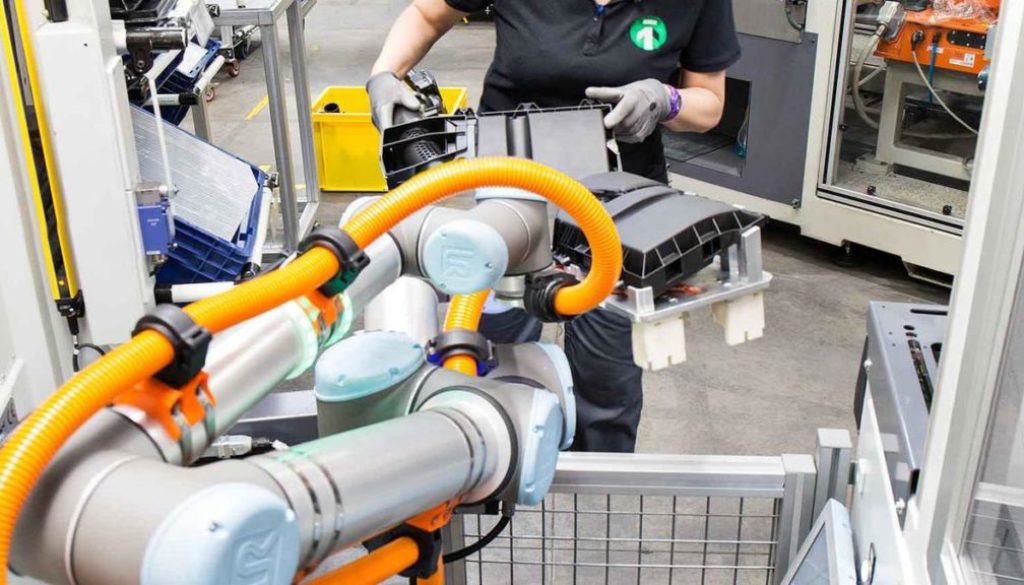Studies Find Labor Demands Increase In Tandem With Automation
As automation becomes more accessible to small- to medium-sized manufacturers, managers may wonder: “what will happen to my existing labor force when we automate?” Analysis of an in-depth study by the Mannheim Centre for European Economic Research shows that labor demands grew as the amount of automation in local businesses increased. Data was collected in over two hundred regions across twenty-seven EU countries to provide a better picture of technological change since the year 2000. Though the study notes that some jobs were inevitably displaced, the increase in productivity resulting from automation significantly outpaced the technological change alone. This increase in productivity resulted in the addition of more jobs to handle the increased product output.
Read More
The Mannheim Centre is not the only group studying this trend. The Swiss-run World Economic Forum notes in its “The Future of Jobs Report 2018” that robots “will displace 75 million jobs globally by 2022, but create 133 million new ones” according to an article by the BBC. The WEF also sites the efficiency of computer and robotic algorithms significantly boosting productivity of existing jobs. As some manufacturing jobs are replaced, new demands for data analysts, software engineers, and quality control specialists will be needed to fully harness the changing nature of work. The WEF also notes that increased automation will most certainly lead to existing workers being retrained for new roles.
Robot27 works with businesses of all sizes to help automate their production lines. We provide the guidance you need to properly retrain your workforce to augment the implementation of new collaborative robots in your work environment. We have found that most workers can be quickly retrained to work right along side of a cobot – exchanging parts or tasks with the cobot throughout the workday. These safe and reliable machines can help your business achieve the productivity and profitability gains you need without eliminating valuable workers.
Show Less
